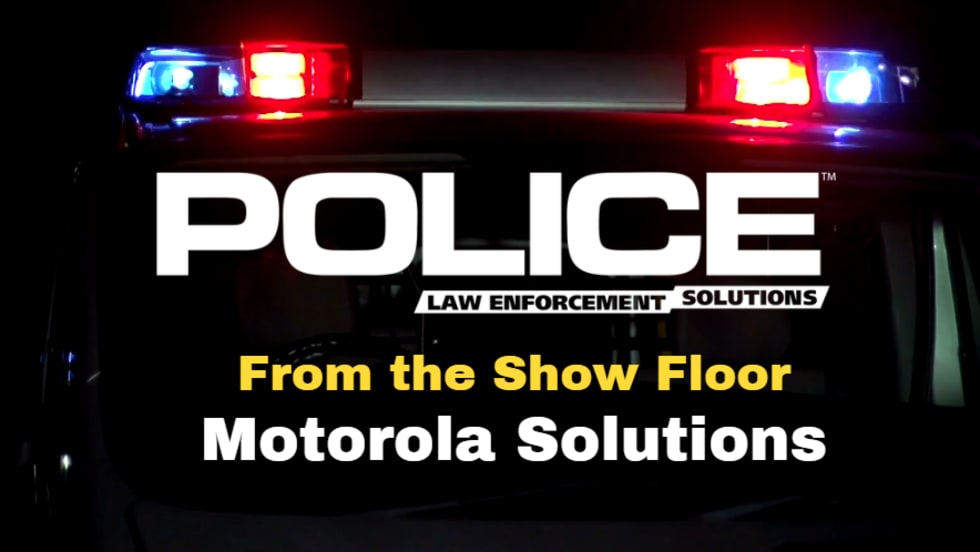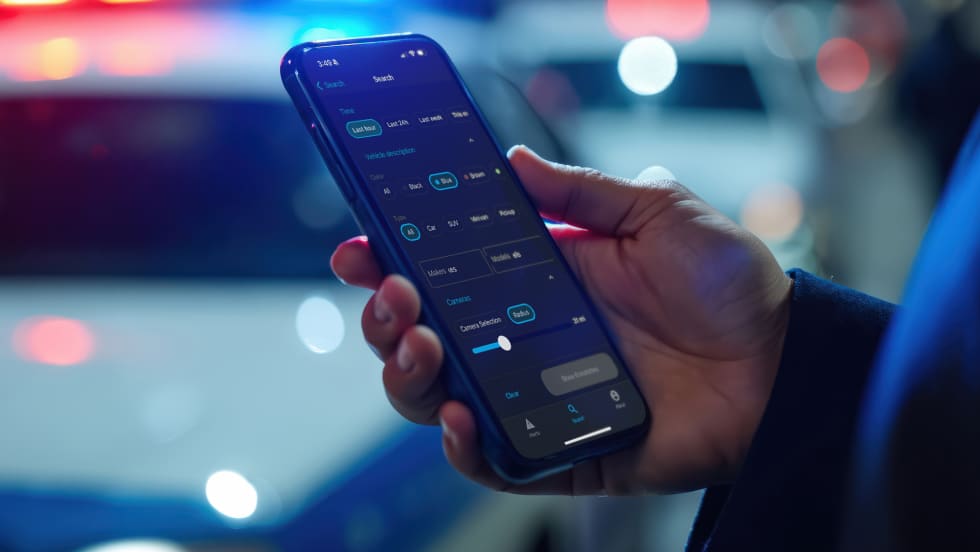“Unfortunately, the true magnitude of the drug-impaired driving problem is not known due to a lack of drug testing,” says Erin Holmes, director of global road safety for Abbott. “While states do a good job of testing fatally and seriously injured drivers for the presence of alcohol, drug testing rates are far lower. Despite there being limitations in the fatality data, a variety of studies are painting a picture that shows drug-impaired driving is increasing. What’s true is that thousands of innocent lives are lost every year to this entirely preventable behavior.”
There are several different sources that can be consulted for statistics on the impact of marijuana usage on highway safety. They include fatality and injury data, roadside surveys, and studies examining drug-impaired driving in states that have legalized recreational cannabis. While there are recognized limitations in fatality data, one consistent finding is that cannabis is the most commonly detected drug—aside from alcohol—in the systems of fatally injured drivers and drivers involved in fatal crashes.
Holmes explains, “It is common for cannabis to be used in combination with other substances, which can produce significantly greater impairment and increase crash risk. Cannabis-impaired driving, in particular, is a problem that warrants immediate action.”
NHTSA’s National Roadside Survey (NRS) measures the extent of drug-impaired driving in this country. The most recent NRS was conducted in 2013-2014, and found that 22.5% of weekend nighttime drivers tested positive for illegal, prescription, or over-the-counter medications with 12.6% of these drivers testing positive for Delta-9 tetrahydrocannabinol or THC (the main psychoactive ingredient in cannabis). Comparing results between the 2007 and 2014 NRS, it was found that the percentage of drivers testing positive for THC increased by 48% over that seven-year span (from 8.6% to 12.6%).
Holmes notes further that CDC data found that in 2018, approximately 12 million people aged 16 and older reported driving under the influence of cannabis in the past year. That bears repeating because it is clear evidence of the need for stoned driving detection technology. Approximately 12 million people ages 16 and older reported driving under the influence of cannabis in the past year.














